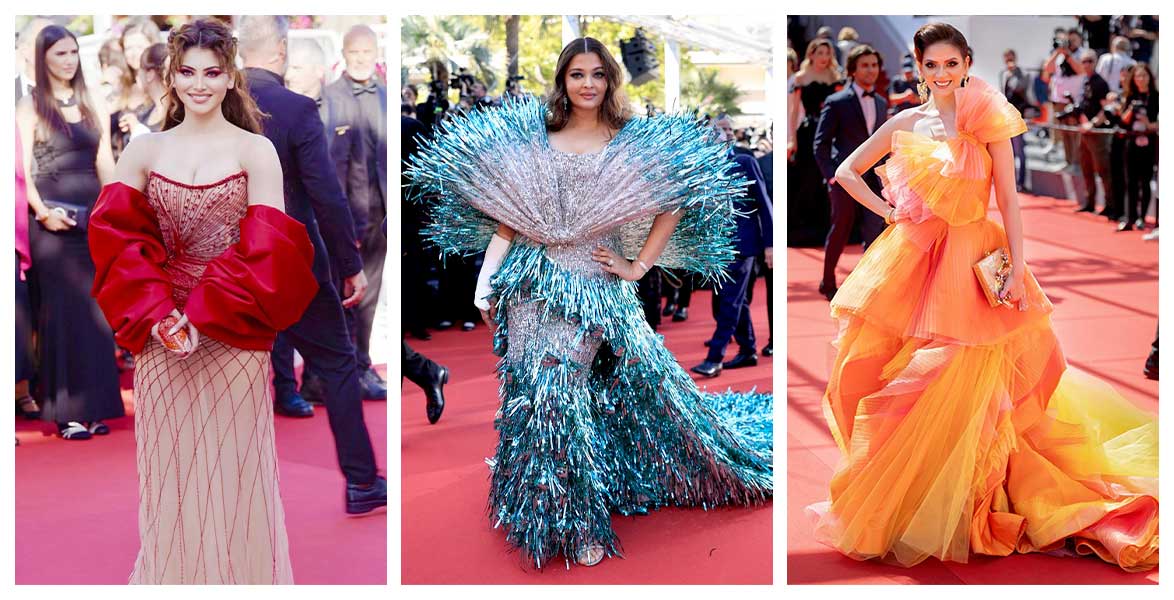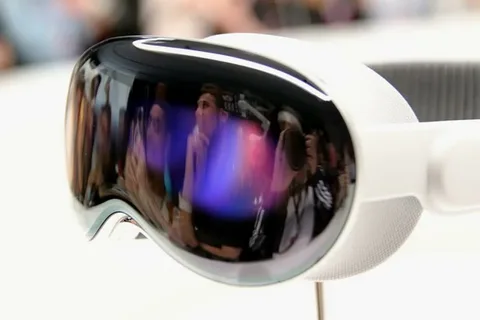This week, Nivea, the skincare brand renowned for its iconic blue packaging, triumphed in a prolonged legal dispute against its competitor Pond’s. The court found that Pond’s advertisements misled consumers into believing that its products were superior to Nivea’s.
The legal battle began three years ago in 2021 when Beiersdorf AG, the German company behind Nivea, sued Pond’s. The American brand, owned by Hindustan Unilever Limited in India, was accused of unfair market practices. Nivea claimed that Pond’s sales associates in New Delhi malls encouraged customers to compare Pond’s Super Light Gel Moisturizer with a cream from an unmarked blue tub resembling Nivea’s Crème.
Hindustan Unilever argued that the blue packaging could belong to any brand. However, Nivea’s distinctive blue tub, shaded Pantone 280C, has a long-standing market presence since its creation in 1925. While the color isn’t protected in India, it has been recognized by the German Patent and Trademark Office since 2007. The word ‘Nivea’ was first registered in India in 1943 and is trademarked in 175 countries. Nivea, claiming to be the fastest-growing beauty company globally, surpassed €5 billion in sales last year.
The Delhi High Court ruled in favor of Nivea, agreeing that the use of the Pantone color immediately evokes the brand. In 2018, Pond’s had to remove a digital advertisement comparing its Light Moisturizer with an unnamed product resembling Nivea, as a goodwill gesture.
Blue is a common color for moisturizer packaging, especially among mass-market brands. Nivea has previously taken legal action against competitors for using similar blue packaging. In 2021, Beiersdorf sued RSH Global, owner of Indian personal care brand Joy, for using a blue bottle similar to Nivea’s Pantone 280C hue. Joy was ordered to halt sales of the product. Nivea has successfully established its market and legal dominance over the use of blue packaging, at least for the foreseeable future.







